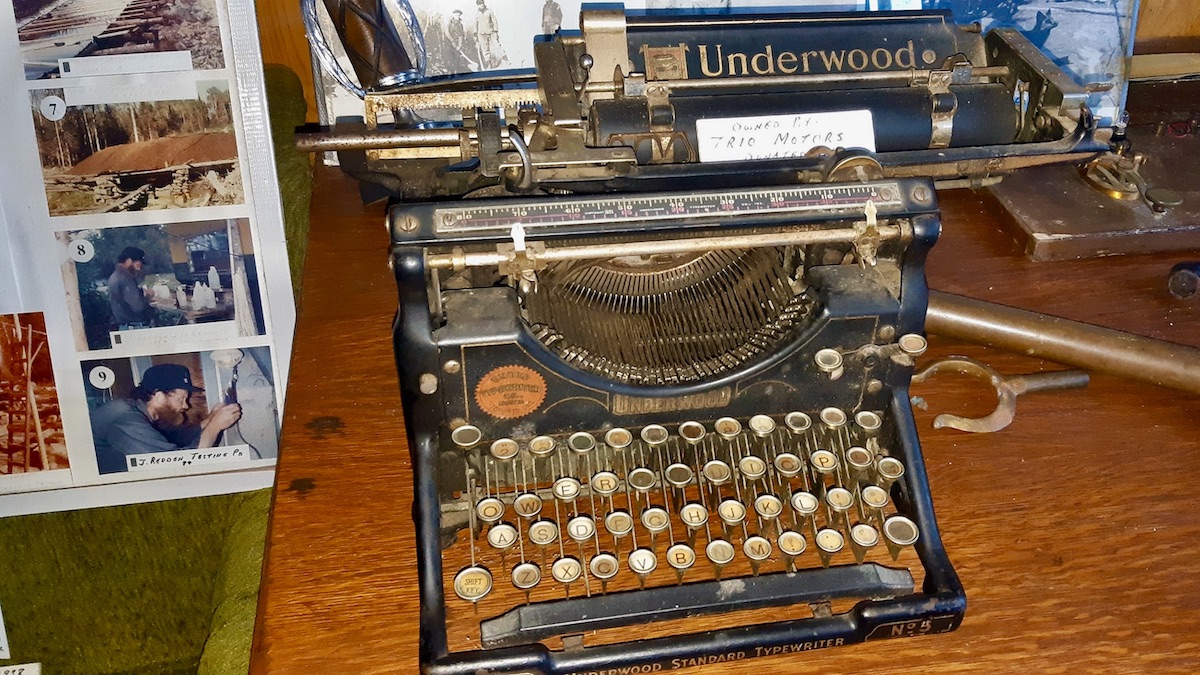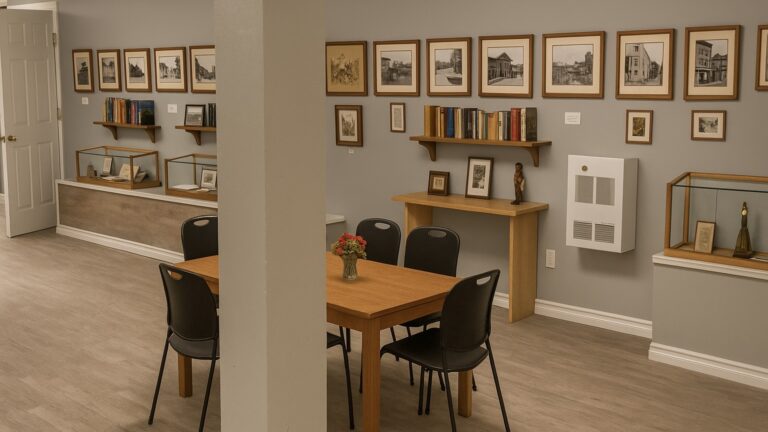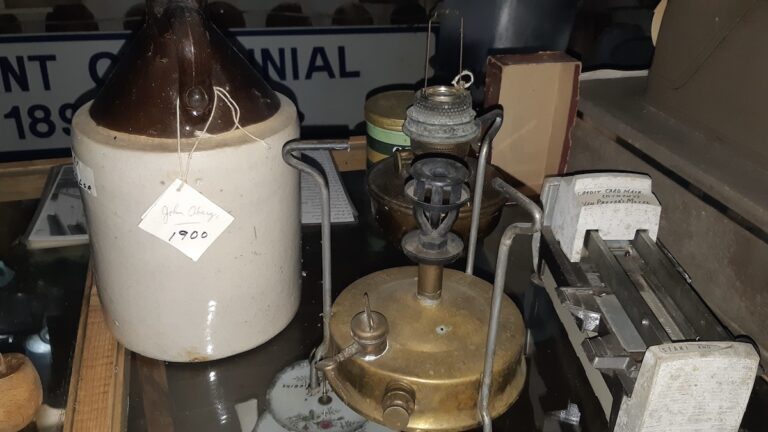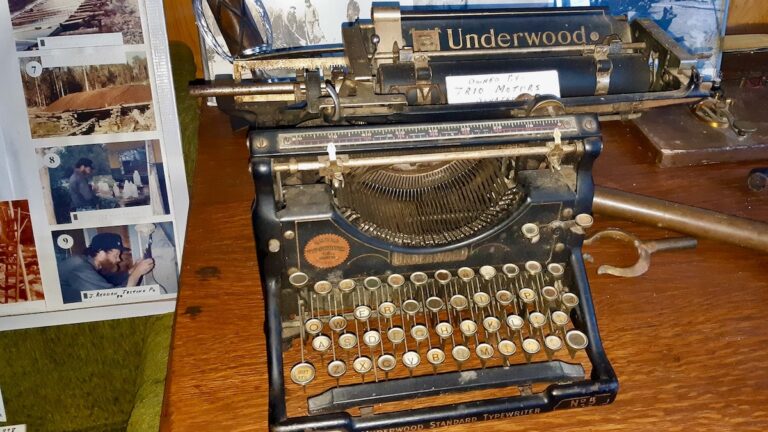
The Underwood Standard No. 5 isn’t just a typewriter—it’s a piece of history that shaped modern offices. Its sturdy design and “visible writing” innovation made it a timeless icon of productivity and style.
Celebrating the Underwood Standard No. 5
There was a time when the sound of a typewriter was the soundtrack of the modern world. And among all the machines that shaped that era, none was more iconic than the Underwood Standard Typewriter No. 5. More than just a tool, this black, cast-iron beauty represents a perfect blend of design, engineering, and sheer reliability—a true symbol of early 20th-century offices everywhere.
The “Visible Writing” Revolution
Before the Underwood, many typewriters were what they called “blind” machines. You typed, but you couldn’t see what you were writing until you lifted the carriage. Mistakes were common, and speed was limited.
Then came the Underwood No. 5, around 1901. Suddenly, the letters appeared right in front of you. You could see every word as you typed, errors dropped dramatically, and speed soared. This wasn’t just a new typewriter—it was a revelation. Reliable, strong, and efficient, the No. 5 quickly became the go-to machine in offices, newsrooms, and homes alike. It didn’t just type; it defined an era.
Design, Engineering, and Enduring Charm
Take a closer look at one of these machines, and it’s easy to see why it’s so revered:
- The Keys: Metal discs topped with ivory-colored celluloid, carefully shaped to fit the fingertips. The click-clack of each keystroke became the rhythm of work and creativity worldwide.
- The Mechanism: Sturdy, exposed type bars swing with effortless precision, turning a typist’s motion into crisp, legible text. Watching it work is almost mesmerizing.
- The Carriage: Gliding smoothly across the frame and punctuated with that cheerful “ding!” at the end of a line, it adds a small flourish that typists came to love.
Built to last, the Underwood No. 5 was heavy, solid, and polished to perfection. It wasn’t a fleeting purchase—it was an investment meant to endure decades of daily use, powering the productivity of businesses, writers, and students alike.
Today, the No. 5 isn’t just an antique. It’s a touchstone—a reminder of a time when craftsmanship and design met practical innovation, and when typing was more than work; it was an experience. In many ways, it set the standard for all the keyboards we use today, and it deserves to be remembered not just as a machine, but as a symbol of the information age taking its first steps.






